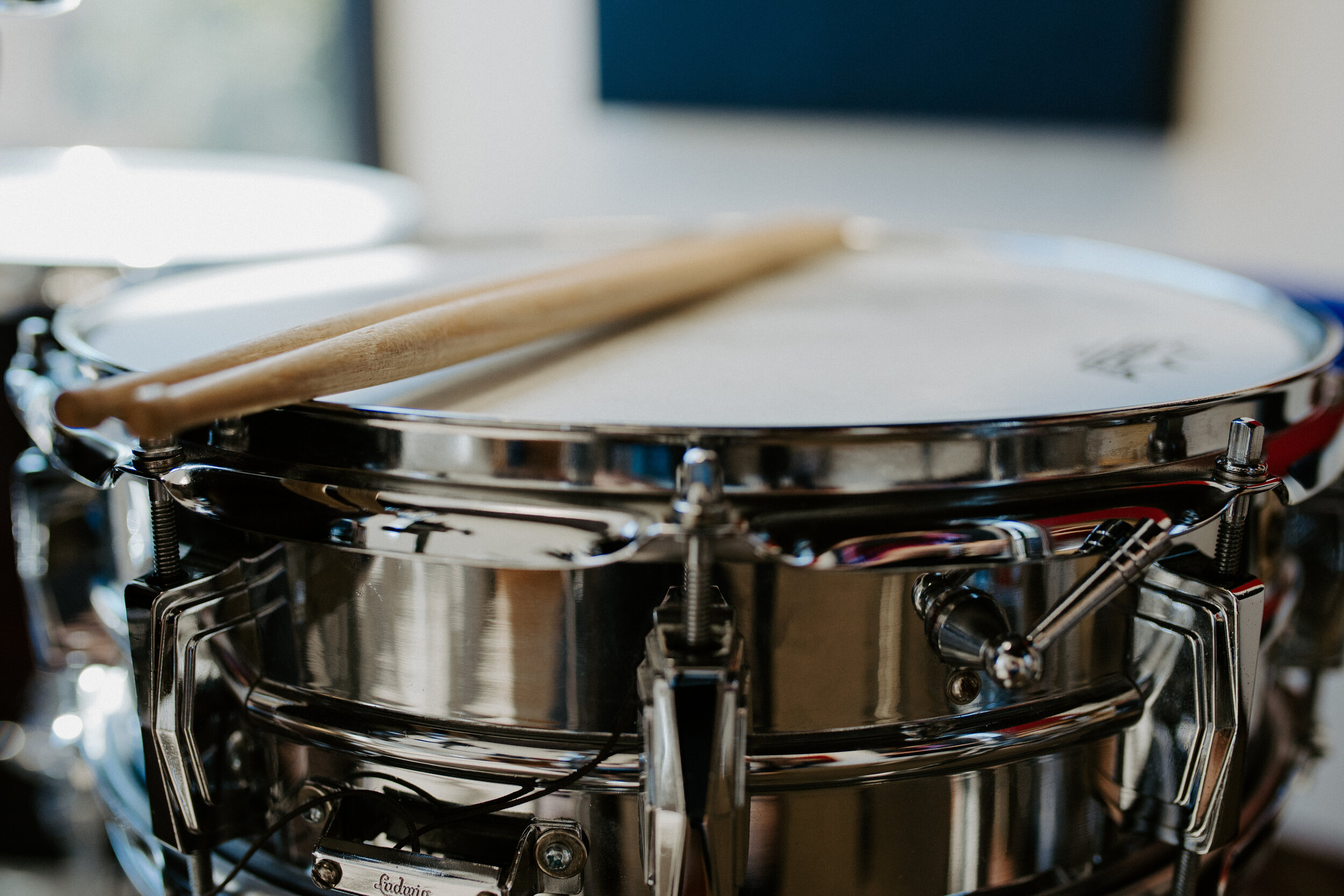Buying Your First Drum Set
What Drum Equipment Should I Buy?
Buying drum equipment these days can be rather overwhelming, especially if you are making the investment for the first time. Much like buying a car, there are so many options to consider these days. Do you go with the leather, or pleather seats? Is the sports package worth it? Toyota or Honda? Drums can sometimes present similar questions as the drum industry does provide us with seemingly unlimited options. Although it is rather amazing to have so many options for drums these days, it can make picking out a drum set for the first time seem impossible. As a private drum teacher, part of my job is explaining the drum buying process to my students and their parents. Over the years, many of the same questions come up, such as:
“How many drums do I need?”
“What brand of drums are the best?”
“Should I buy a cymbal starter pack, or purchases cymbals individually?”
“Should we get a used kit or new?”
“What brands are worth considering?”



